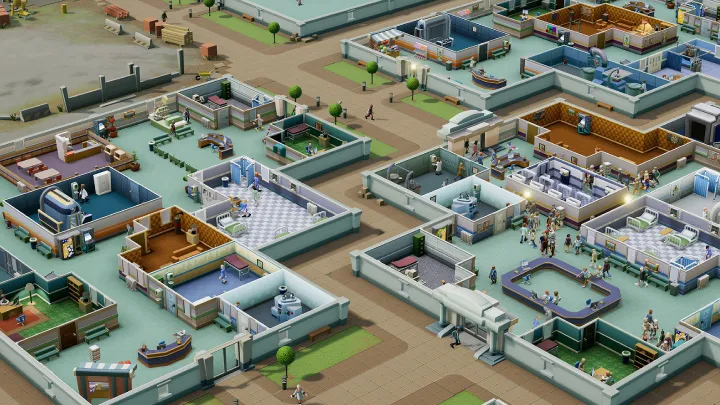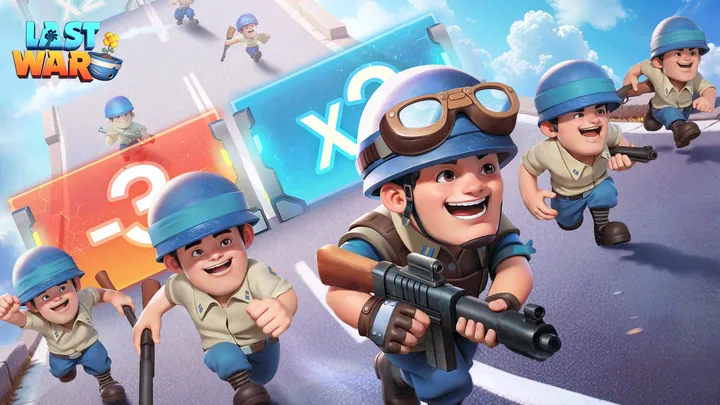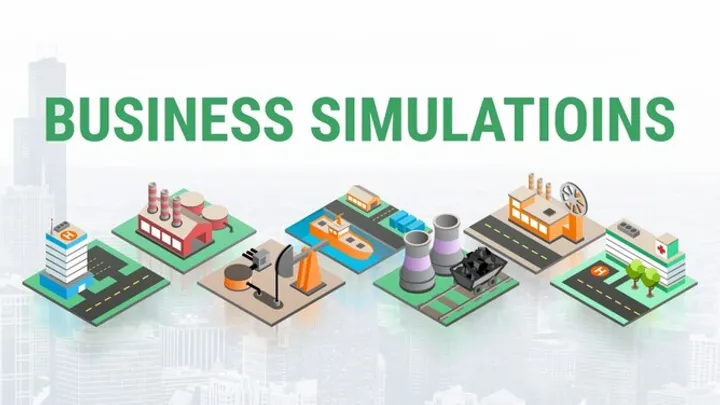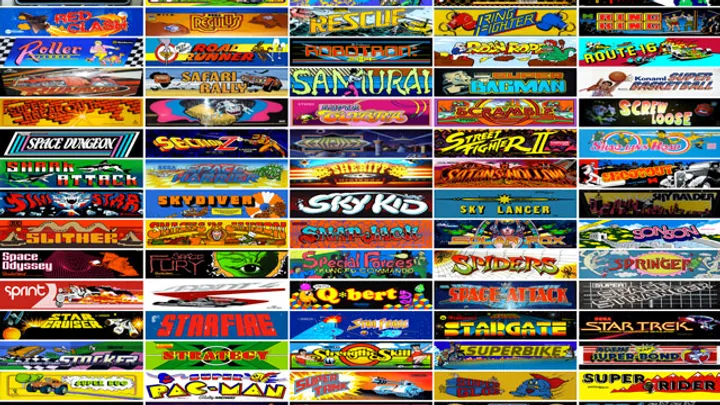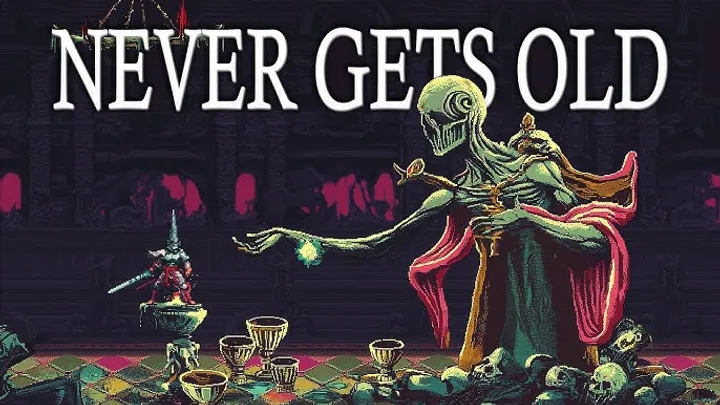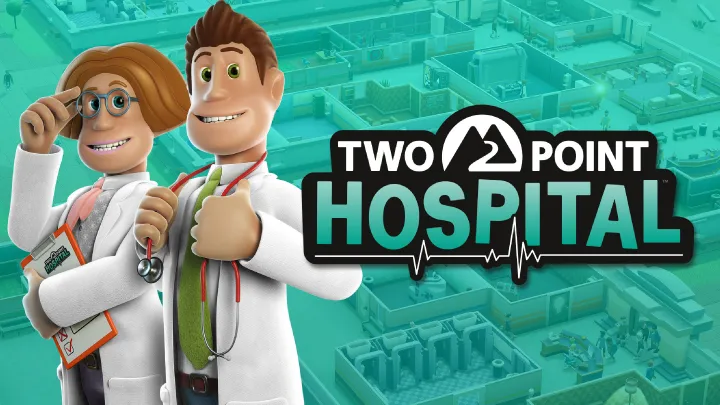
Two Point Hospital, developed by Two Point Studios and released in 2018, is a simulation game that tasks players with building and managing a healthcare empire. With its quirky humor, colorful graphics, and engaging gameplay, it has captured the hearts of many. However, one of the most compelling challenges in Two Point Hospital lies in resource management, which encompasses financial stability, staff management, and patient care. This article explores the intricacies of resource management in Two Point Hospital, examining how players can optimize their hospitals for success while navigating the complexities of healthcare operations.
The Foundations of Resource Management
Introduction to Resource Management
At its core, resource management in Two Point Hospital involves juggling multiple elements to create a successful hospital. Players must balance finances, staff efficiency, and patient satisfaction to thrive in a competitive healthcare market.
Key Components of Management
Resource management in Two Point Hospital can be broken down into several critical components, each of which must be carefully balanced.
- Financial Management: This involves tracking income and expenses to ensure the hospital remains profitable.
- Staff Management: Hiring, training, and maintaining staff morale are essential for operational efficiency.
- Patient Care: Ensuring that patients receive adequate treatment and care is crucial for maintaining a good reputation and ensuring financial success.
Financial Stability: The Bottom Line
Income Sources
In Two Point Hospital, players generate income through various channels, including patient fees, treatment costs, and research grants. Understanding these income streams is essential for maintaining a profitable hospital.
Setting Prices
Players have the ability to set prices for treatments and services. Finding the right balance in pricing is crucial for maximizing revenue while keeping patient satisfaction in mind.
- Dynamic Pricing: Adjusting prices based on demand and the hospital's reputation can help maximize profits.
- Value Perception: Ensuring that patients feel they receive value for their money is essential; overpricing treatments can lead to decreased patient intake.
Managing Expenses
Controlling expenses is equally important for financial stability. Players must carefully consider their spending on various operational aspects.
- Operational Costs: Regular maintenance, staff salaries, and service costs contribute to ongoing expenses that must be managed efficiently.
- Investment in Facilities: While investing in new equipment and facilities can boost patient care, players must ensure that these investments align with their financial goals.
Staff Management: The Workforce Behind the Scenes
The Importance of Staffing
Effective staffing is critical to the smooth operation of a hospital. Players must hire, train, and manage staff to ensure that all aspects of the hospital run efficiently.
Staffing Roles and Responsibilities
Each staff member has a unique role in hospital operations, and understanding these roles is essential for effective management.
- Doctors: Responsible for diagnosing and treating patients, doctors require specialized training to handle various maladies.
- Nurses: Essential for patient care and monitoring, nurses also assist doctors in treatment procedures.
- Janitors: Keeping the hospital clean is vital for both patient satisfaction and operational efficiency.
Managing Staff Morale
Keeping staff morale high is equally important. Happy employees contribute to a positive patient experience and efficient operations.
- Training and Development: Providing ongoing training opportunities can boost morale and improve staff performance.
- Employee Satisfaction: Regularly assessing staff satisfaction and addressing concerns can lead to lower turnover rates and more dedicated employees.
Patient Care: The Heart of Hospital Management
Understanding Patient Needs
Patient satisfaction is the lifeblood of any successful hospital. Players must pay close attention to the needs and preferences of their patients to create a positive experience.
Analyzing Patient Feedback
In Two Point Hospital, players receive feedback from patients through various channels, including surveys and visible reactions. Analyzing this feedback is essential for identifying areas for improvement.
- Satisfaction Metrics: Monitoring metrics such as treatment effectiveness, wait times, and cleanliness ratings provides valuable insights.
- Addressing Complaints: Responding to patient complaints promptly can enhance satisfaction and prevent negative word-of-mouth.
Enhancing Patient Experience
Creating a memorable patient experience involves a combination of factors, including treatment quality, hospital design, and amenities.
- Treatment Variety: Offering a diverse range of treatments caters to different patient needs, ensuring more visitors find something enjoyable.
- Hospital Layout: Thoughtful hospital design, including waiting areas, restrooms, and refreshment stands, contributes to a pleasant atmosphere that patients appreciate.
The Role of Hospital Design
Creating an Efficient Layout
The design and layout of the hospital are crucial for efficient operations. Players must create a logical flow that minimizes patient wait times and maximizes staff efficiency.
Pathway Design
Designing clear and intuitive pathways can enhance patient movement and reduce congestion.
- Signage and Navigation: Providing clear signage helps patients navigate the hospital easily, improving their overall experience.
- Zoning: Grouping related departments together can streamline operations and reduce the time patients spend traveling between areas.
Aesthetic Considerations
While functionality is key, aesthetics also play a significant role in patient satisfaction. A visually appealing hospital can enhance the overall experience.
- Thematic Design: Incorporating themes into hospital design can create a unique atmosphere that attracts patients.
- Landscaping: Adding greenery, art, and comfortable seating areas can improve the ambiance and make patients feel more at ease.
Research and Development: The Path to Innovation
The Importance of Research
Investing in research and development is crucial for staying competitive in the healthcare market. Players can unlock new treatments, equipment, and facilities through research.
Establishing Research Facilities
Creating dedicated research facilities allows players to invest in the future of their hospitals. These facilities can yield significant long-term benefits.
- Unlocking New Treatments: Research can lead to the discovery of new treatments that attract more patients and improve outcomes.
- Enhancing Equipment: Upgrading equipment through research can increase efficiency and reduce treatment times.
Balancing Research and Operations
While investing in research is essential, players must balance these efforts with day-to-day operations. Allocating too many resources to research can detract from immediate patient care.
- Resource Allocation: Players must decide how much to invest in research versus operational efficiency, ensuring that both areas receive adequate attention.
- Short-Term vs. Long-Term Gains: Understanding the trade-offs between short-term operational success and long-term innovation is crucial for sustained growth.
Marketing and Promotion Strategies
The Role of Marketing
Effective marketing strategies are essential for attracting patients to the hospital. Players must consider how to promote their offerings and create excitement around their treatments.
Branding and Theme
Establishing a strong brand identity helps differentiate the hospital from competitors. Players should consider how their hospital's theme and branding can attract specific demographics.
- Thematic Consistency: Ensuring that treatments, amenities, and marketing materials align with the hospital's overarching theme enhances the guest experience.
- Memorable Marketing Campaigns: Creative marketing campaigns can generate buzz and encourage patients to share their experiences.
Special Events and Promotions
Hosting special events or seasonal promotions can drive patient attendance and create a sense of urgency for potential visitors.
- Seasonal Festivals: Celebrating holidays or seasons with themed events can attract patients looking for unique experiences.
- Promotional Discounts: Offering discounts or package deals can incentivize patients to visit, particularly during off-peak times.
Adapting to Challenges and Changes
Responding to Patient Trends
In the dynamic environment of Two Point Hospital, players must adapt to changing patient preferences and trends. Staying attuned to these shifts is essential for sustained success.
Seasonal Variability
Patient preferences can vary by season, necessitating adjustments to hospital offerings and strategies.
- Seasonal Themes: Adapting hospital themes and attractions to reflect seasonal interests can attract patients year-round.
- Event Planning: Planning events and promotions around holidays or local events can capitalize on increased patient interest.
Learning from Feedback
Regularly analyzing patient feedback and performance metrics can provide valuable insights into areas for improvement.
- Continuous Improvement: Using patient feedback to make iterative improvements to treatments and amenities can enhance overall satisfaction.
- Data-Driven Decisions: Leveraging data analytics to inform decisions can lead to more successful outcomes in hospital management.
The Community and User-Generated Content
Engaging with the Community
Two Point Hospital boasts a vibrant community of players who share their creations, strategies, and experiences. Engaging with this community can enhance the overall experience.
User-Generated Content
The game allows players to create and share their custom hospitals, designs, and scenarios. This user-generated content adds immense value to the game.
- Sharing Creations: Players can upload their designs to the Steam Workshop or other platforms, providing inspiration and creativity for others.
- Collaboration and Competitions: Participating in community events or competitions fosters a sense of camaraderie among players.
Learning from Others
The community serves as a valuable resource for learning and improvement. Players can analyze successful hospital designs to inform their strategies.
- Tutorials and Guides: Many experienced players share tutorials and guides, offering insights into effective hospital management and design.
- Feedback and Collaboration: Engaging with the community allows players to receive feedback on their designs and collaborate on projects.
Conclusion
Two Point Hospital offers a rich and engaging experience that challenges players to master the intricacies of resource management. From financial planning and patient care to staffing and marketing, effective management requires a multifaceted approach that balances creativity and strategy. The game’s emphasis on user-generated content and community engagement further enhances the experience, allowing players to share their creations and learn from one another. As players navigate the complexities of running their hospitals, they gain valuable insights into the art and science of healthcare operations. Ultimately, Two Point Hospital stands as a testament to the depth and enjoyment that can be found in simulation games, providing a platform for creativity, strategy, and community collaboration.